2022-03-04
Rauðibotn Crater and Hólmsárlón Lake │ Iceland Photo Gallery
Documenting Iceland
by: Rafn Sig,-
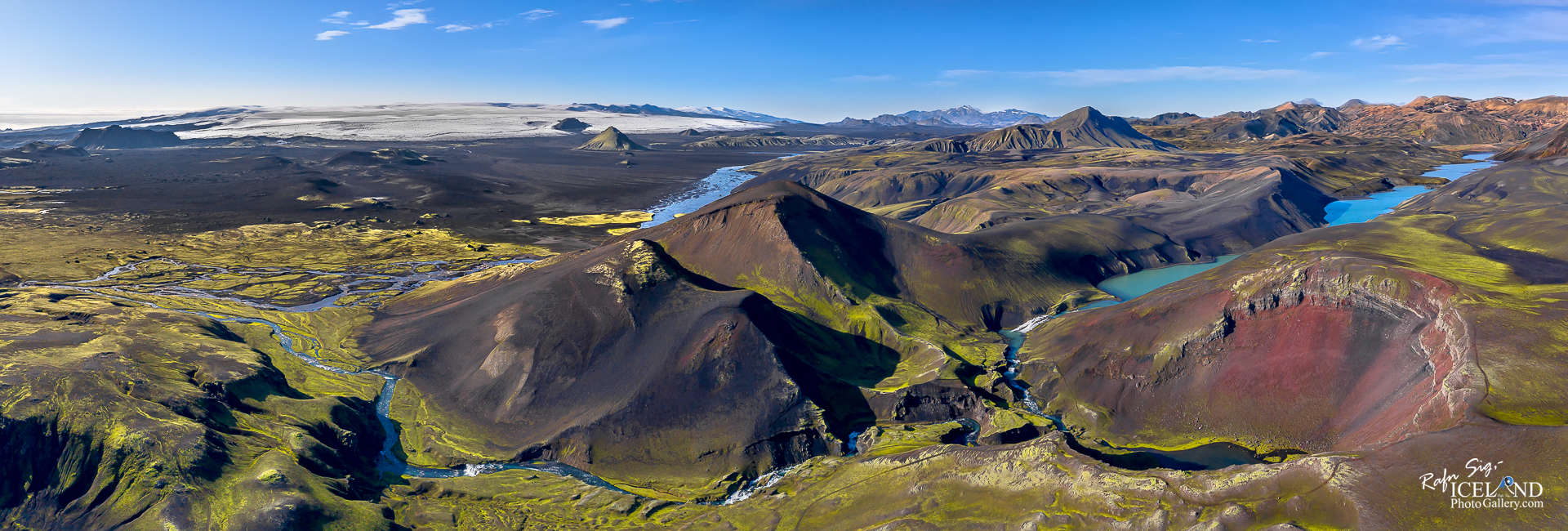
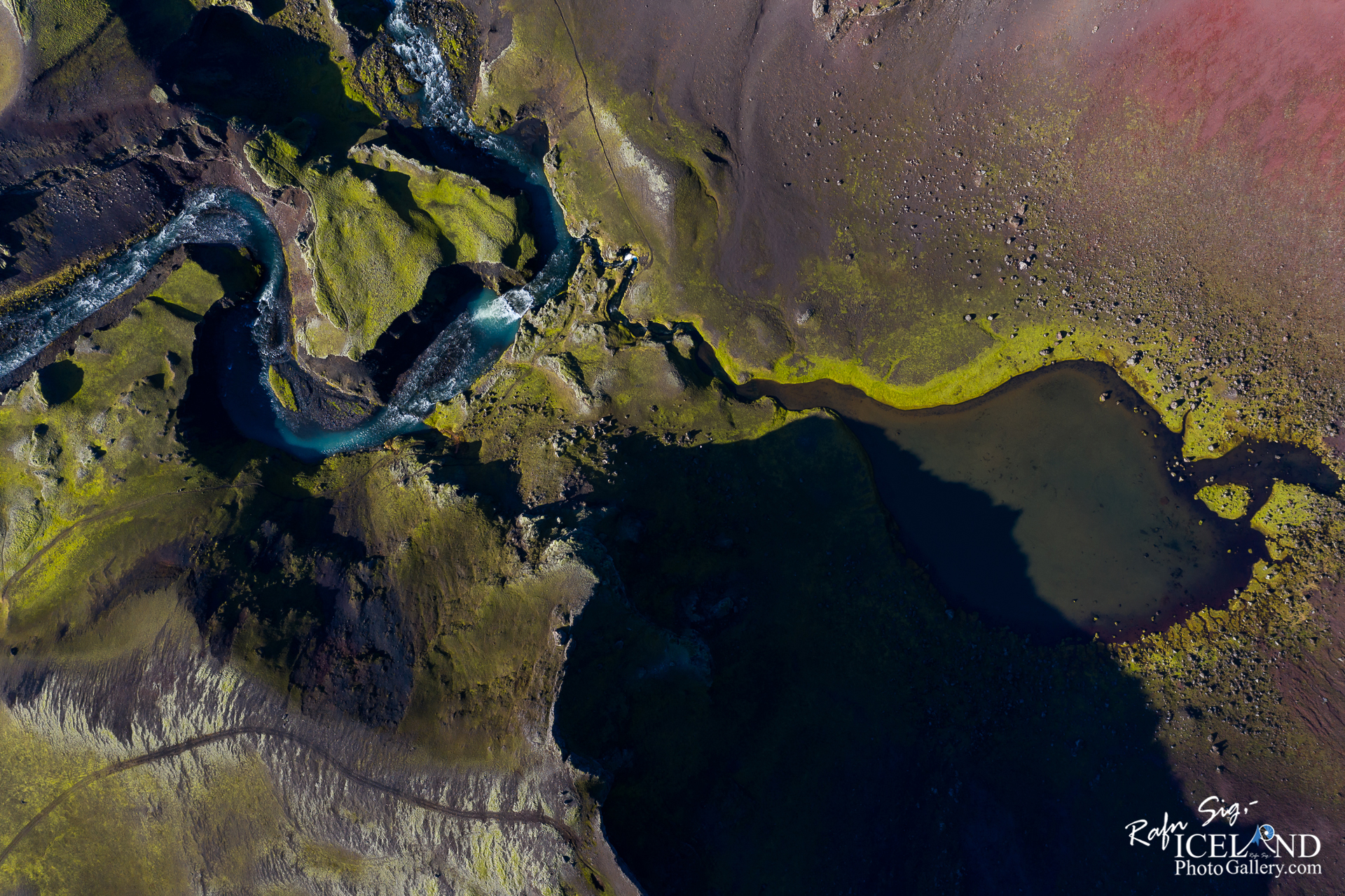
Rauðibotn eru meðal fegurstu náttúruminja landsins. Úr lofti líkist Rauðibotn rauðri risaskál sem er á stærð við íþróttaleikvang með mosagrænu teppi og snoturri tjörn. Við fyrstu sýn virðist Rauðibotn stakur gígur en í raun er hann hluti af Eldgjá, gossprungu sem teygir sig frá Mýrdalsjökli og langleiðina að Vatnajökli. Gosið er talið hafa orðið í kringum 934 og er það stærsta sem orðið hefur á Íslandi á sögulegum tíma, mun stærra en Skaftáreldar.
Gosið hafði líklega áhrif á veðurfar um gjörvalt norðurhvel jarðar. Ummerki um gosið eru mjög áberandi um allt svæðið norðaustan Mýrdalsjökuls, m.a. gríðarlegar eldsprungur, gjóskulög í jarðvegi og sandur. Gossprungan sjálf er einstök náttúrusmíð, sem án nokkurs vafa teljast meðal merkilegustu náttúrufyrirbrigða landsins, vegna þess hve sérstæð hún er, fegurðar, en ekki síður vegna gildis þessa gríðarlega mikla eldgoss í jarðsögu landsins.
Eldgjá (öll gossprungan) ætti án nokkurs vafa að njóta ýtrustu verndar. Eldgjá er mun lengri en sá hluti sem flestir líta augum frá Fjallabaksleið nyrðri inn að Gjátindi. Sá hluti sem liggur suðvestur frá Fjallabaksleið er ekki síður fallegur, en þar koma fáir. Og svo er það Rauðibotn við Fjallabaksleið syðri. Þar rennur Hólmsá frá Torfajökulssvæðinu í gegnum gosmyndanirnar frá Eldgjárgosinu í fallegum fossum og flúðum og umhverfið er hreint út sagt einstakt. Gossprungan stíflaði Hólmsá svo að myndarlegt vatn myndaðist þar að baki: Hólmsárlón.
Vatnið í lóninu hefur sérkennilegan blágráan lit sem er heillandi andstæða við rauðleitt gjallið og mosavaxin fjöllin í kring. Gaman er að ganga meðfram lóninu að suðurenda þess. Þar taka við tugir fossa í Hólmsá sem brýtur sér leið í gegnum mosavaxið hraun.
Hólmsárlón lítið, eða 4,1 ferkílómetri. Það felur sig skemmtilega á milli fjalla og því verður að ganga að vatninu til að sjá fegurðina. Lónið er því hulinn gimsteinn sem fæstir vita af og enn færri hafa heimsótt.
Skammt frá útrennsli Hólmsár úr Hólmsárlóni er helsta náttúruperla svæðisins, Rauðibotn, sem er á stærð við þróttaleikvang og hluti af Eldgjá. Hefði Hólmsárlón verið stíflað fyrir kílóvattstundir væri umhverfi Rauðabotns með fossaröðunum eyðilagt. Í staðinn verður þetta svæði uppspretta óteljandi unaðsstunda komandi kynslóða.
One of the amazing destinations in the Highlands of Iceland is Rauðibotn crater: A red and green emerald, which is the size of a sports stadium, surrounded by the volcanic deserts and wastelands between Torfajökull and Mýrdalsjökull glaciers. A hike to Rauðibotn is made all the more spectacular by the river Hólmsá and its waterfalls, which form a spectacular string of pearls.
Rauðibotn is part of the Eldgjá craters, a chain of volcanic craters which stretches through the Central Highlands from Mýrdalsjökull glacier to Vatnajökull glacier. Eldgjá is connected to the monster volcano Katla, as both are part of the same volcanic system. Eldgjá has only erupted once since the VIking settlement of Iceland in the 9th century: In 934 a massive eruption, believed to be the largest volcanic eruption to take place in Iceland in the past millennia.
The size of the lava field is large enough to cover all of New York City. The impact of the eruption on global weather systems was catastrophic, causing crop failures and hunger in Europe. Temperatures all over the Northern Hemisphere dropped, causing rivers as far as present day Iran to have frozen over.
The 934 eruption produced a lava field which covers approximately 800 square kilometers of tephra and ash.
Hólmsárlón is one of the most beautiful lakes in Iceland. It is especially the blue-green color that catches the attention of this elongated glacial lagoon, which is also a fascinating contrast to the reddish slag and the mossy mountains around.
Hólmsárlón is rather small, or 4.1 square kilometers. It hides pleasantly between the mountains, so you have to walk to the lake to see the beauty. The lagoon is therefore a hidden gem that few people know about and even fewer have visited.
Had Hólmsárlón been blocked for few kilowatt hours, the surroundings of Rauðibotn with the waterfall series (as they were thinking about) would have been destroyed. Instead, this is a source of countless pleasures for future generations.
. . . If you like to support my work – follow the link: https://www.patreon.com/RafnSig

Subscribe to my Youtube Channel
You can buy this and other photos at my Icelandic Stock Photo Web: IcelandStockPhotos.com
As a native photographer I feel responsible to leave all I can behind to show how it looked like, with my photography, before it’s too late.
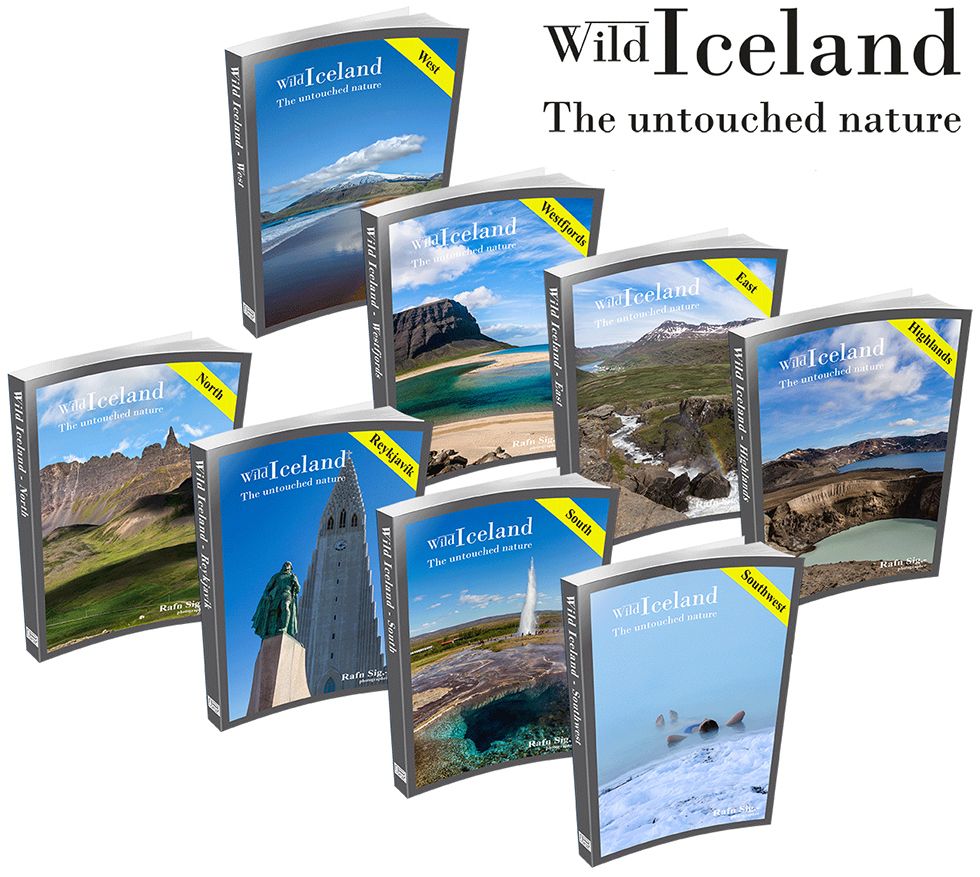

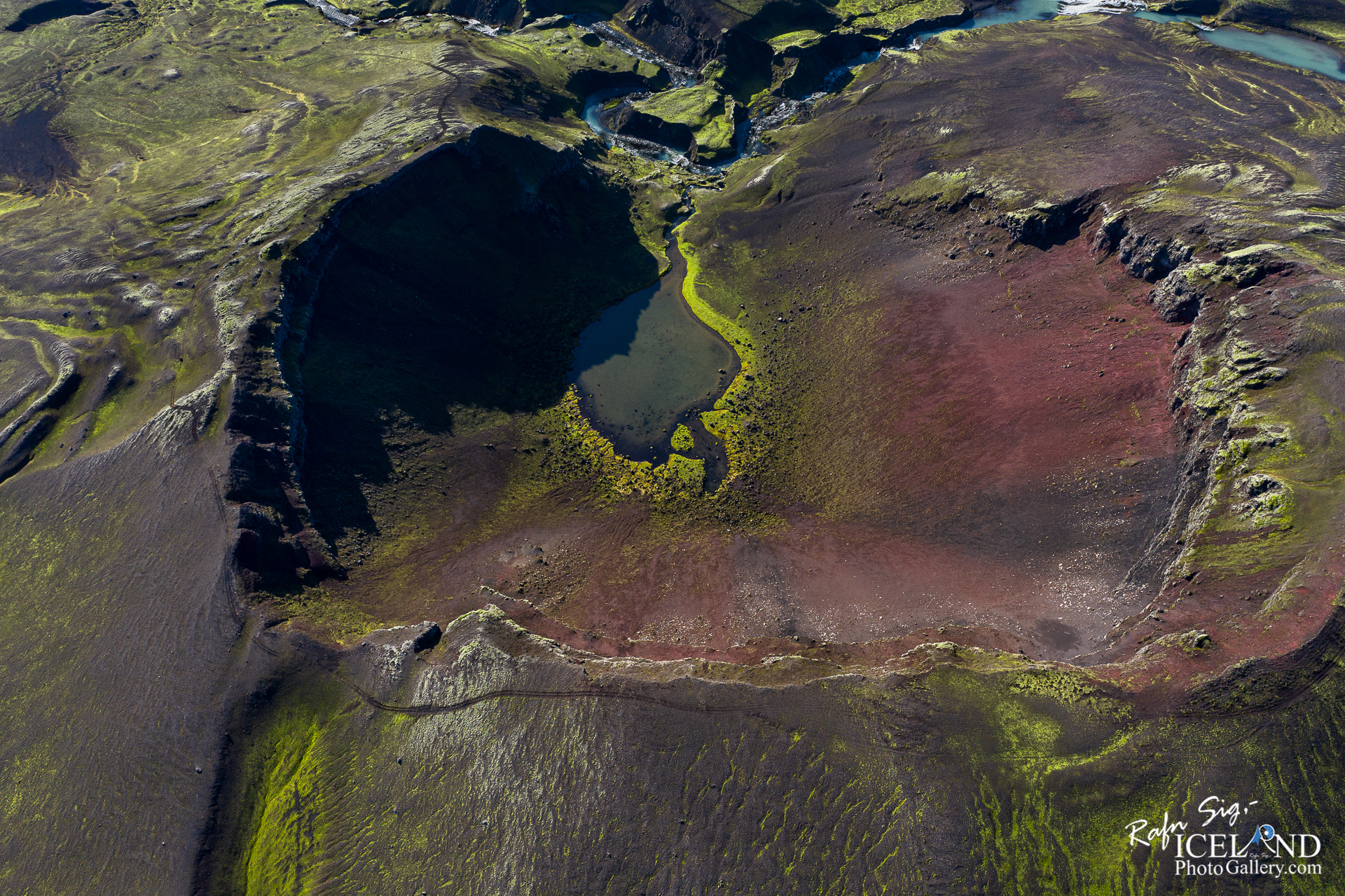

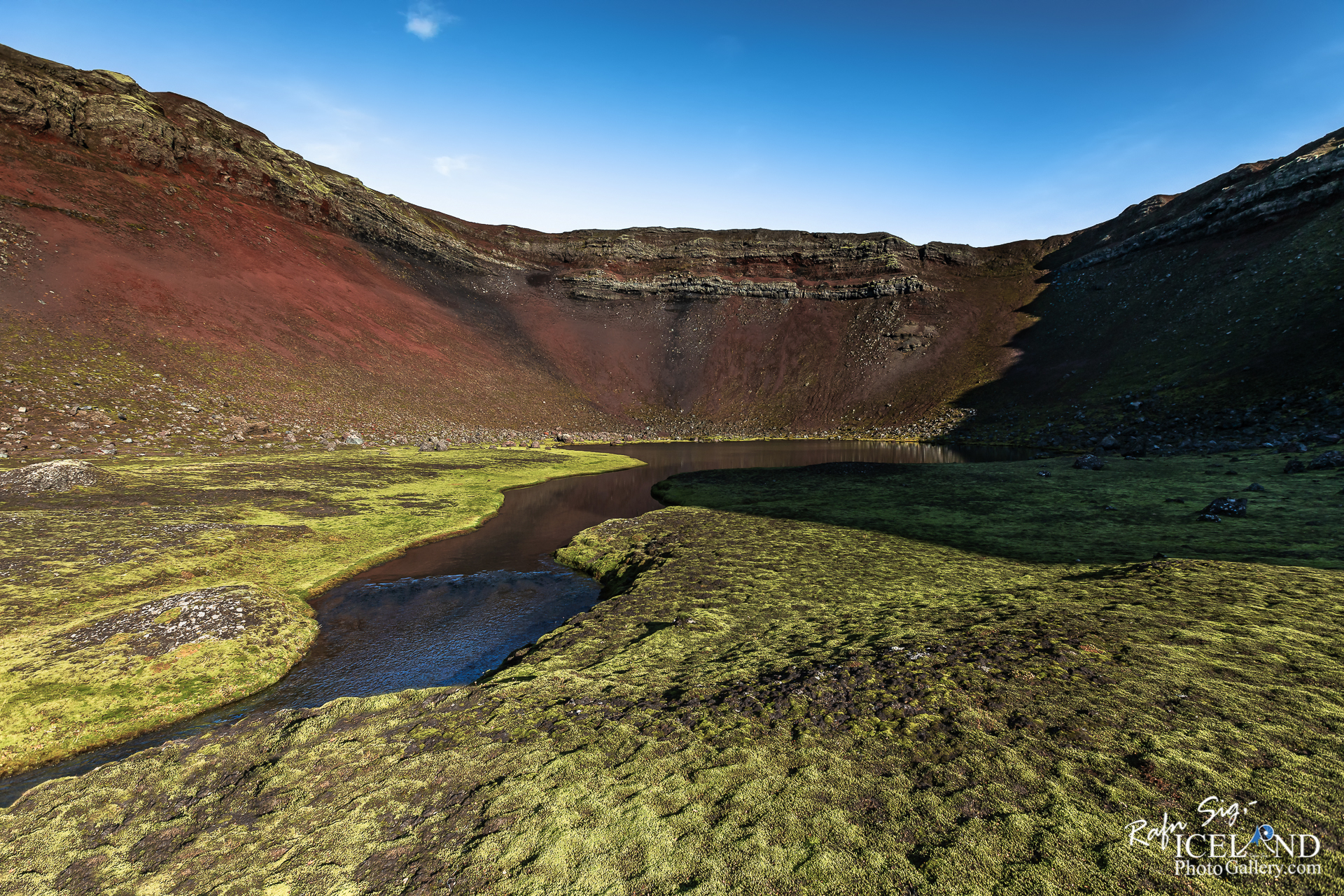



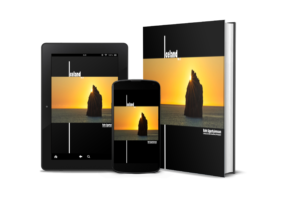


Wow, incredible photos, what an amazing comment with the story about the eruption and I love it.
One of my destination during summer
Wow. And one more Wow. Beautiful landscape. Excellent Photography. Great article.